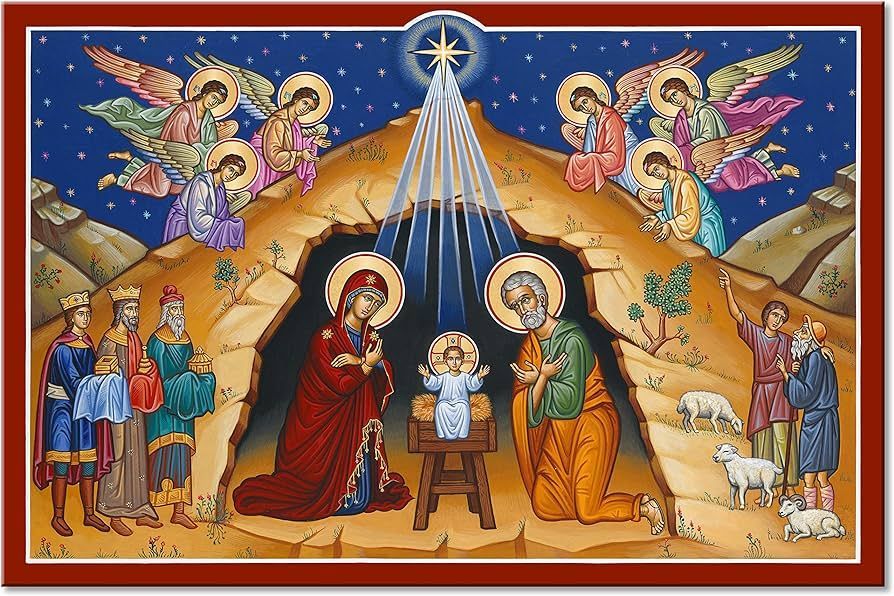Easter 3C, 2022
I have always identified with Peter.
He seems to be the first documented case of ADHD.
When Jesus is explaining something,
he usually has to ask Jesus what he just said.
He always seems to have one foot in his mouth.
He’s a speak-first-think-later,
last-one-to-get-the-point
kinda guy.
When he goes fishing
if he catches anything,
it’s a miracle!
He’s quick to defend Jesus,
even to a fault,
pulling out a sword in Gethsemane
and cutting of the ear of Malchus,
the servant of the high priest.
Peter has been with Jesus all these years,
Walked all over the Judean countryside,
seen miracle after miracle,
heard Jesus himself explain the gospel,
and stood in the empty tomb.
He has seen Jesus appear behind a locked door
TWICE
and he still has to be told
who that is
standing on the beach
inviting him to breakfast.
Maybe Jesus changed his name to Peter
which means “the Rock,”
not because of the strength of his faith
but because of the density of his skull.
For these disciples,
and for all disciples,
seeing is believing.
But neither seeing
nor believing
come all at once.
As much as I can relate to Peter,
I’ve always wanted to relate to Saul.
Saul doesn’t have to wait.
Saul sees
and believes
in the same instant.
Saul gets knocked down
on the road to Damascus.
Saul sees the risen Lord,
hears him call his name,
and gets up a changed man.
In the tradition where I grew up,
this instant Christian
was presented to me as the norm.
Every Sunday,
I heard sermons,
and testimonies
of ol’ timey saints
who had seen the light,
left their sinful and salacious ways
and started livin’ for the Lord.
I kept waiting for my bright light,
I kept waiting
to be knocked flat on my rear
by the Risen Lord
so I could sing all the songs
with the same conviction everyone else seemed to have.
But it never came,
at least not with the same blinding brilliance
it seemed to have for everyone else.
I often felt like I was standing on that boat
Surrounded by beloved disciples
pointing out to me
a Jesus I couldn’t quite recognize.
I felt like rock-headed Peter
drowning in a sea of Sauls.
Said another way,
I felt like I hadn’t seen the light
because this light
had only ever been described to me
by people who were looking directly at the sun.
In reality,
I was surrounded by the light
the way a fish is surrounded by water.
Sometimes,
God reveals Godself all at once
like flipping on the bathroom light
in the middle of the night.
And sometimes,
God reveals Godself slowly,
like the rising of the sun.
Either way,
seeing is gradual.
Our eyes have to adjust to the light.
God comes to us in Jesus,
crucified,
risen,
and ascended.
Jesus comes to us in the Scriptures,
proclaiming the good news of God’s redemption.
Jesus comes to us in the Sacraments,
washing us with water and the Word,
offering us his body and blood.
And all of these things come to us
like a light from heaven,
exposing the hidden belovedness of all creation.
Seeing is believing
and both take time.
Whether Jesus comes to you suddenly
like a blinding light from heaven,
or slow like the sunrise,
trust that eventually your eyes will adjust,
and you too will see the risen Christ.
But this light exposes something else, too.
This light shows us that seeing
is also accountability.
Seeing means we are now responsible for what we see,
we are responsible for the ears we cut off
with our zealous defense
of a God who choses vulnerability
over self-defense.
Seeing means we are responsible
for our betrayal of Jesus
when following him
meant we had to be vulnerable too.
Seeing means we are responsible
for the murderous threats we breathe,
for the harm we have caused,
and for the lives we have led
before the light knocked us off our high horse
and exposed us.
Seeing is believing
because seeing without believing
is madness.
The book of James tells us
that “even the demons believe
and shudder.”
The Spirit sends Ananias to Saul
and Jesus comes to Peter
not to call them to belief
but to call them to repentance,
to call them to reparation,
to call them to reconciliation.
Jesus does not ask Peter,
“Do you believe in me?
Then ask me into your heart.”
He asks,
“Do you love me?
Then feed my sheep”
Jesus does not ask Saul
“Why are you persecuting my people?
I will rescue them.”
He asks,
“Why are you persecuting me ?
Follow me.”
Seeing the risen Jesus
is believing.
But loving the risen Jesus
means feeding the sheep,
tending the lambs,
and becoming a disciple.
Loving the risen Jesus
is not pointing others to the light,
but becoming the light by which others see.
Loving the risen Jesus
means letting others point out us
the times we have failed to see him
in the poor,
in the hungry,
in the homeless,
in the vulnerable,
and jumping in to help.
Loving the risen Jesus
is being led by the hand
or dragged by the belt
along the path of transformation,
through the waters of baptism,
by a God who calls,
“Follow me.”
Amen.









